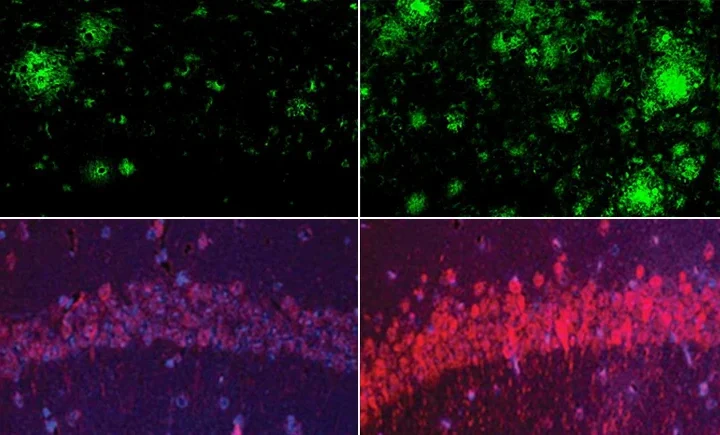Russian scientists have presented a 50,000-year-old baby mammoth carcass, discovered in the Batagaika Crater of Yakutia, Siberia. The specimen, nicknamed “Yana,” has been identified as one of the best-preserved mammoth carcasses in the world.
The mammoth, weighing over 100kg (220 pounds) and measuring 120 centimeters (47 inches) in height and 200 centimeters in length, was approximately one year old at the time of death. Residents discovered the carcass after a portion of the crater collapsed, revealing half of the mammoth.
“They were in the right place at the right time,” stated Maxim Cheprasov, head of the Lazarev Mammoth Museum Laboratory. “They saw that the mammoth had almost completely thawed out” and constructed a makeshift stretcher to retrieve it.
The preservation quality of Yana’s remains, particularly the head and trunk, offers scientists an unprecedented research opportunity. “As a rule, the part that thaws out first, especially the trunk, is often eaten by modern predators or birds,” Cheprasov explained. “Even though the forelimbs have already been eaten, the head is remarkably well preserved.”
Gavril Novgorodov, a researcher at the museum, suggests the mammoth “probably got trapped in a swamp, and was thus preserved for several tens of thousands of years.”
The discovery adds to a small but growing collection of complete mammoth specimens. Before Yana, only six complete mammoth skeletons had been found worldwide – five in Russia and one in Canada.
Anatoly Nikolaev, Rector of the North-Eastern Federal University where Yana is being studied, stated, “This is a really unique find, not only for our university, and for Russian science, but also for the world.”
Research suggests that prehistoric mammoth juveniles developed faster than modern-day horses, bison, and wolves, an adaptation necessitated by harsh environmental conditions. “They needed to become large in order to endure the harsh winter,” Cheprasov noted.
Similar Posts
The Batagaika Crater has steadily expanded since the 1960s, revealing other prehistoric finds, including a horse and bison. The front part of Yana’s carcass fell to the bottom of the hole, while the back half including the hind legs remained in the permafrost, and was later collected by scientists.
Recent discoveries in the region include a partial, mummified body of a saber-tooth cat, thought to be just under 32,000 years old, and the remains of a 44,000-year-old wolf.
Scientists at the North-Eastern Federal University are now conducting tests to confirm when the mammoth died. The research could provide insights into mammoth biology and the environmental conditions of prehistoric Siberia.


















